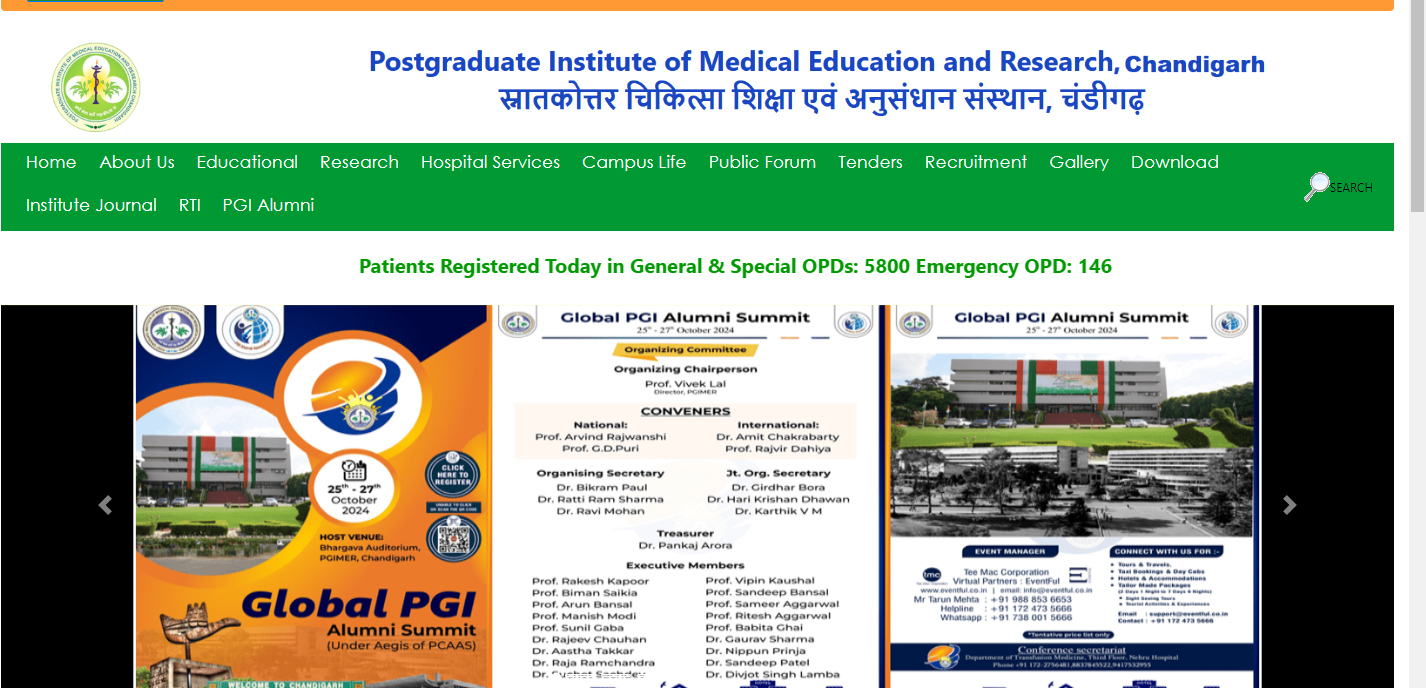Postgraduate Institute of Medical Education & Research, Chandigarh

Head, Department of Pediatrics and Chief, Pediatric Allergy and Immunology Unit, Advanced Pediatrics Centre, PGIMER, Chandigarh. This is a 300 bedded facility providing highly specialized care to children. Apart from MD Pediatrics, we run 9 postdoctoral DM Programmes and 4 Fellowships in various super specialties of Pediatrics - the largest number of academic programmes in any department in India. Of these, 4 DM Programmes and the 4 Fellowships were initiated after I took over Chair of the department in October 2016.
- Read more about Postgraduate Institute of Medical Education & Research, Chandigarh
- Log in to post comments
- 42 views
